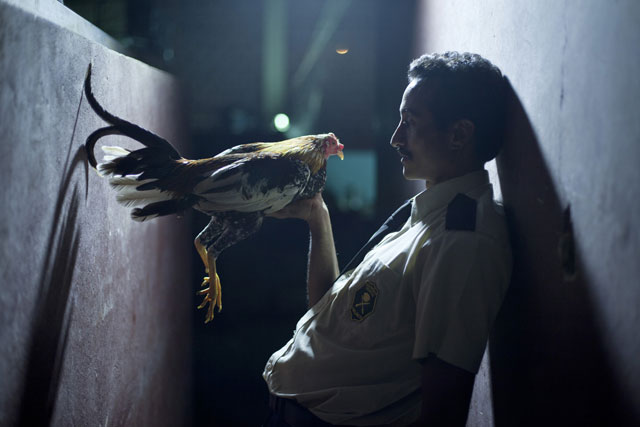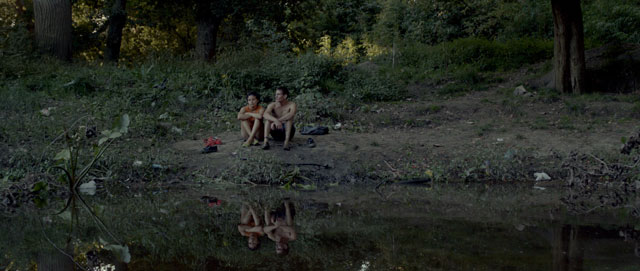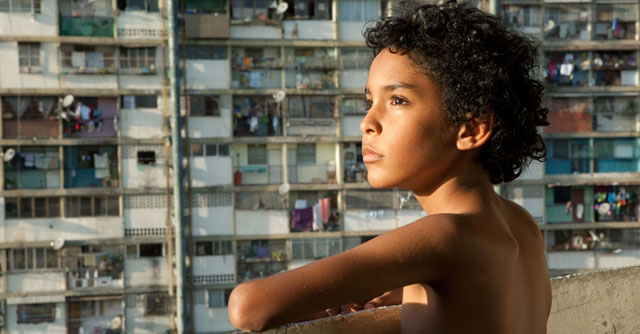At the press conference a few weeks ago to announce the San Francisco International Film Festival lineup, programming jefe Rachel Rosen was typically droll and quasi-apologetic when she spoke about the spotlight on New Voices in Latin American Cinema. Nipping any idea that she and her staff fanned out to scout last fall’s festivals (plus Sundance, of course) with a specific focus in mind, Rosen admitted that they didn’t realize until some point this winter that the checklist of invited titles included a concentration of films by emerging talents in Venezuela, Argentina, Uruguay, Costa Rica and Mexico. Fortunately, the quality of the films justifies a sidebar, no apology (quasi- or otherwise) needed.
‘Tis far better, of course, for a strand to emerge from the programming than to arbitrarily designate a geographical emphasis. At the same time, the Latin American films don’t blast their import and impact in the opening reel. Like Neto Villalobos’ touching and unforced All About the Feathers (Apr. 25 at the Pacific Film Archive in Berkeley, Apr. 27 and 29 at the Sundance Kabuki in San Francisco), they start off innocuously and gradually creep confidently under the skin.

The titular inspiration of All About the Feathers is the rooster that Chalo, a low-rent security guard covets, and eventually acquires. He imagines he can turn Rocky into a fierce fighter that, in this unprepossessing area of Costa Rica, will be more than enough to provide a better standard of living. Fortunately, Chalo isn’t as ambitious as all that, and the movie doesn’t devolve into a predictable saga of cruelty among the underclass. To the contrary, All About the Feathers is a portrait of casual camaraderie evolving into caring friendships.
Villalobos employs a fixed camera that, in the hands of a filmmaker with neorealist impulses, would express the characters’ stasis and inability to transcend their economic plight. The director allows his characters to freely enter and leave the frame — they aren’t trapped in the least, their subservient jobs notwithstanding — and uses offscreen sound to convey the larger world. Ultimately, the most expansive thing about this seductive film is the generosity of spirit it embodies. (Incidentally, you needn’t worry about feathers flying, for there is just one scene with the briefest glimpse of a cockfight.)

The blend of observational filmmaking with a low-key absurdity that gently propels
All About the Feathers gets ratcheted up several notches in the existential Argentinean mystery, History of Fear. Benjamin Naishtat begins his eerie, entrancing film with the sound of a helicopter, the first of many unseen yet wildly imagined threats that derange a loosely related circle of well-off friends and relatives. Following in the tradition of filmmakers like Luis Buñuel and Roy Andersson, who are forever fascinated by the alienation, bafflement and self-inflicted torment of their characters, Naishtat conjures a world in which security is everything and nothing.



